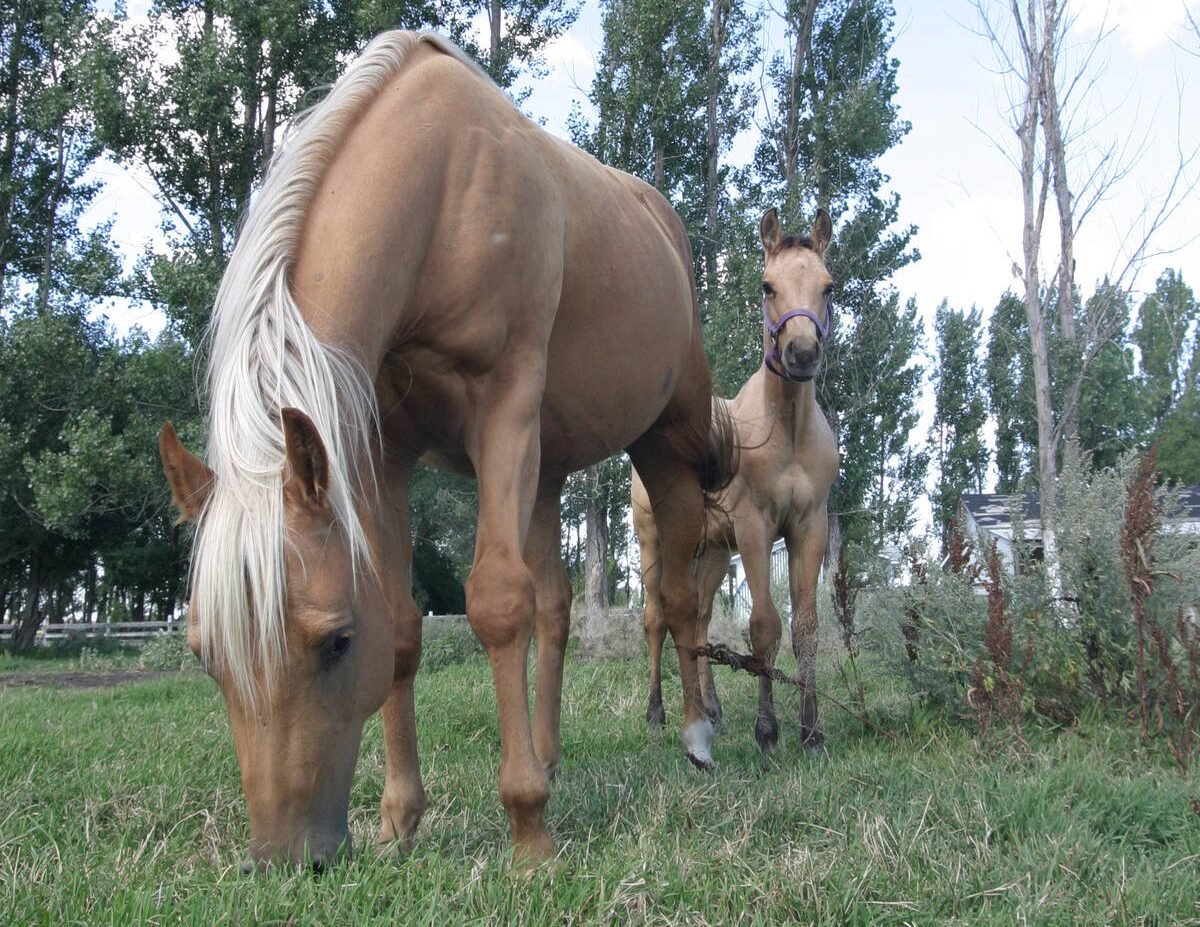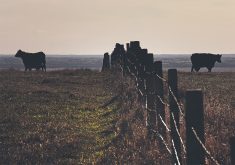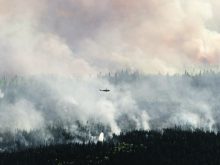The route to Little Bow Provincial Park in southern Alberta takes you through the rolling prairie in Vulcan County before descending steeply to the Travers reservoir.
Massive wind turbines tower above the plains to the south and inspire hope for an energy transition that is badly needed if we’re going to avoid ever increasing natural disasters caused by a rapidly warming planet.
Vulcan County is a successful model of how renewable energy, agriculture and nature can peacefully coexist.
Not far from Little Bow lies Alberta’s largest solar power plant where a maximum of 465 megawatts of power are generated under the clear blue skies and blazing sun of “big sky” country. As the project was nearing completion, Greengate Power Corp. announced a power purchase agreement (PPA) with Amazon. The deal gave Amazon the right to most of the power generated at Travers and set off a renewable energy boom that brought in billions of investment dollars with zero contribution from the Alberta government.
Read Also

Growth plates are instrumental in shaping a horse’s life
Young horse training plans and workloads must match their skeletal development. Failing to plan around growth plates can create lifelong physical problems.
Some members of Rural Municipalities of Alberta have expressed ongoing concern about losing prime agricultural land to these wind and solar farms. The landowners participating in these projects are undoubtedly happy with the significant income that renewable projects will provide them for the next 25 to 30 years.
If the Alberta Electrical System Operator forecasts are correct, 30 to 35 percent of the electrical grid’s capacity will be generated from renewable energy within the next 20 years. AESO estimates that more than $4 billion has been invested in renewable energy by private investors since 2019 and that 12,600 MW of solar capacity and 9,100 MW of wind capacity are under construction or have received approval from the Alberta Utilities Commission.
The Travers solar project covers 3,300 acres, which translates into roughly seven acres per megawatt. The Buffalo Plains wind farm has a maximum capacity of 500 MW and covers 17,500 acres, which translates into roughly 35 acres per megawatt.
Based on these projects, the renewable energy development in AESO’s pipeline will cover about 400,000 acres. That’s less than one percent of the 49.2 million acres of farmland in Alberta.
Not all renewable energy projects will consume prime agricultural land, but converting one percent of farmland to renewable energy might be a wise investment for the future of Alberta agriculture. Rising costs of fuel and insurance can be offset by reliable income from clean energy.
The Energy Institute’s 2023 review of world energy reveals that since the early 2000s, solar generated electricity production in China, the United States, the European Union and India has gone from negligible capacity to nearly 900 terawatts. Wind-generated electricity production has similarly increased to nearly 1,600 terawatts. This exponential growth shows no signs of slowing down. Alberta’s moratorium on renewable energy project approvals will ensure the province is left behind in the race to invest in clean energy projects.
Alberta has an opportunity to protect itself so when the next downturn hits the oilpatch, there will be another booming energy industry in Alberta to provide badly needed economic diversification to soften the blow.
Instead, the province is going against conservative, free-market principles and slowing down a business that is attracting global investors and creating thousands of jobs.
But the biggest risks are the environmental consequences of a steadily warming climate. This will result in more frequent and more severe heat waves. Droughts have happened before, but they too will become more common and more damaging. Water tables will drop and irrigation supplies will need to be turned off earlier each season. Wildfire smoke will impact the health of livestock and plants. We can expect a vicious cycle of degradation if climate change isn’t stopped in its tracks.
Robert Miller is a retired systems engineer, formerly with General Dynamics Canada, who volunteers with the Calgary Climate Hub and writes on behalf of Eco-Elders for Climate Action. He lives in Calgary.















